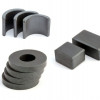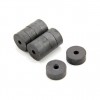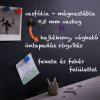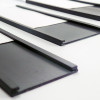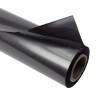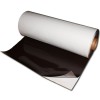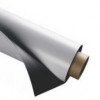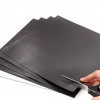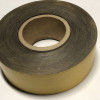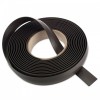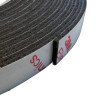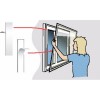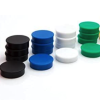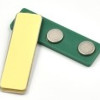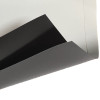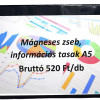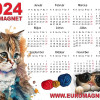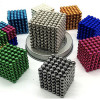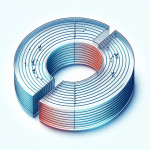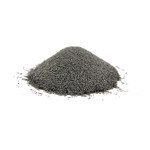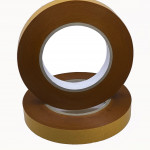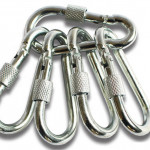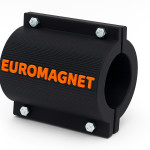28 máj.
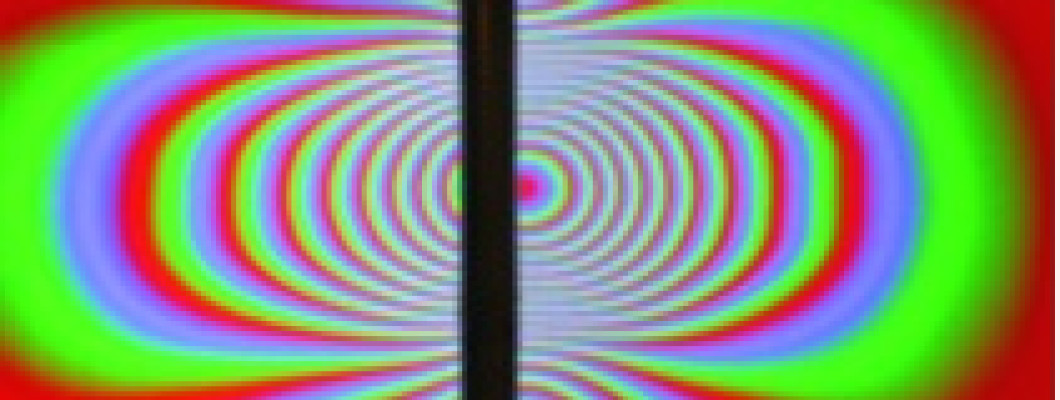

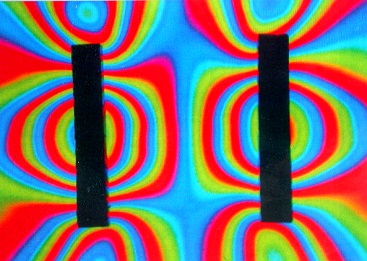 Formailag ez a kép teljesen hasonló, mint egy domborzati térkép.
Formailag ez a kép teljesen hasonló, mint egy domborzati térkép. A hasonlóság nem véletlen. A domborzati térkép szintvonalai a magasságtól függően változnak,
azaz a helyzeti energia szintjeinek megfelelően.
A televízió képernyőjén megjelenő kép a mágneses erőtér eltérítésének szintjeit jelzi, azaz ugyancsak energiaszinteket.
Ha most a három szín sorrendjét is figyelembe vesszük, akkor ezt a három színből álló képet
ugyanúgy három dimenzióban ábrázolhatjuk, mint az ismert domborzati térképet. Ismert,
hogy a domborzati térképeken a magasabb, nagyobb helyzeti energiával rendelkező részeket általában sötétbarnára színezik.
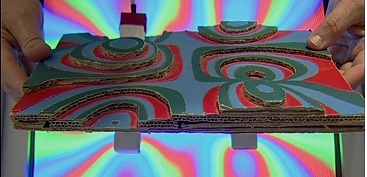
Ilyen helyeken nagyobb a helyzeti energia, s az innen lefolyó csapadékvíz energiáját munkavégzésre felhasználjuk. Az is megtörténik, hogy energiatárolás céljából a mélyebben fekvő helyekről vizet szivattyúzunk a magasabban fekvő helyekre. Míg az első esetben a gravitációs (helyzeti) energiát hasznosítjuk, addig a másik esetben a gravitációs erő ellenében végzünk munkát. A geológusok első esetben eróziós folyamatról beszélnek, míg a másik esetben ennek ellenkezőjéről, hegységképződésről. Az eróziós folyamatok a kiemelkedéseket lepusztítják, s így jönnek létre az ún. puszták, más néven síkságok. Az ezzel ellentétes folyamatok (vulkánkitörések, földmozgások stb.) pedig szintbeli eltéréseket, hegyeket hoznak létre.
Az televízió képernyőjén ezzel teljesen analóg folyamatokat láthatunk. Amikor a mágnes végez munkát (pl. összetapad egy másik mágnessel, vagy egy ferromágneses anyaggal, akkor ritkulnak az eltérítési szintvonalak, (erodálódik a domborzat) a mágnesben tárolt energia csökken, csökken a vonzóképessége. Ha pedig a mágnese erőtér ellen végzünk munkát (pl. két egymást taszító mágneses pólust egymáshoz közelítünk, vagy erővel szétválasztjuk az összetapadt mágnest és ferromágneses anyagot), akkor az eltérítési szintvonalak sűrűbbé válnak (növeljük a domborzatot).
 Mint láthatjuk, ez a szemléltetési mód teljességgel eltér a Faraday-féle erővonalakkal való szemléltetéstől. Másrészt amint a különböző elektromágneses hullámokat észlelő berendezések segítik a világ megismerését (pl. különböző képet mutatnak különböző hullámhosszúságú fényt érzékelő távcsöveink, vagy pl. a rádiótávcsövek), ugyanúgy az oktatási eszközként érdemes élni a katódsugárcsöves televízió készülék adta lehetőségekkel.
Mint láthatjuk, ez a szemléltetési mód teljességgel eltér a Faraday-féle erővonalakkal való szemléltetéstől. Másrészt amint a különböző elektromágneses hullámokat észlelő berendezések segítik a világ megismerését (pl. különböző képet mutatnak különböző hullámhosszúságú fényt érzékelő távcsöveink, vagy pl. a rádiótávcsövek), ugyanúgy az oktatási eszközként érdemes élni a katódsugárcsöves televízió készülék adta lehetőségekkel.RÖVIDEN A MÁGNESSÉG SZÍNES TELEVÍZIÓVAL VALÓ SZEMLÉLTETÉSÉNEK ELŐNYEIRŐL
Az előnyök egy része - mint azt már az imént említettem - a színességből adódik, ami jelentősen növeli a szemléltetés szépségét. Másrészt ez a színesség - mint újabb dimenzió - kínál lehetőséget domborzati képhez való hasonló jelenség térbeli (3D-és) ábrázolására is. Innentől kezdve televízión keletkező kép energetikai szempontból hasonlóan értelmezhető a gravitációs mezőt bemutató domborzati térképhez, s lehetőséget ad arra, hogy analóg módon következtethetünk az energetikai folyamatok irányára (gondolok itt a hegységképződéssel járó és eróziós folyamatok irányára). További előny a képet megjelenítő elektronoknak a külső mágnesség forrásához képest elhanyagolhatóan kicsiny tehetetlensége, s az, hogy az elektronok nem tapadnak össze, mint a ferromágneses porok. Ez azzal a következménnyel jár, hogy az eszköz kiválóan alkalmas arra a hiányra, ami a változó mágneses erőtér szemléltetésében megmutatkozik, ami önmagában nagymértékben növeli a bemutatható jelenségeket. A módszerrel tehát új ablakot nyithatunk az ember által nem érzékelhető mágneses jelenségekre, megnövelhetjük oktatásunk eredményességét.
Képek jegyzéke: 1. készülék a mágneses erőtér szemléltetésére 2. gyenge mágnes eltérítési szintvonalai 3. erős mágnes sűrűbb eltérítési szintvonalai 4. Vonzó helyzetű mágnesek szintvonalai 5. Vonzó helyzetű mágnesek szintvonalainak három dimenziós ábrázolása 6. A Helsinki külvárosában megépült "Heuréka" Tudományos Centrum

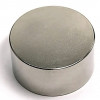
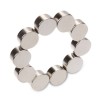
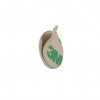
-100x100w.jpg)
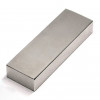
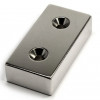
-100x100.jpg)
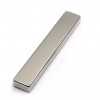

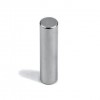
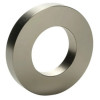
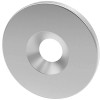
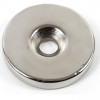

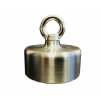
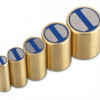


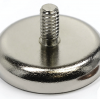
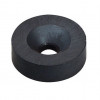
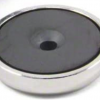
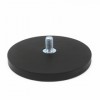
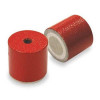
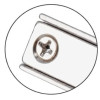
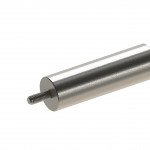
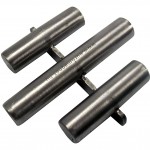
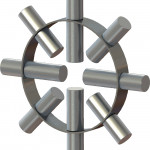
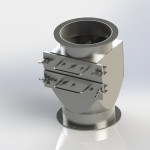
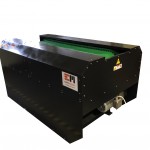
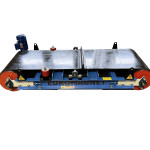
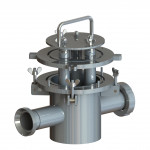
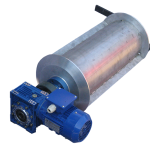
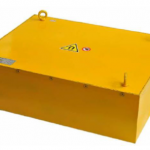
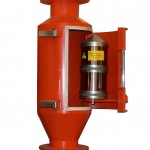
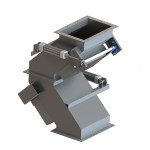
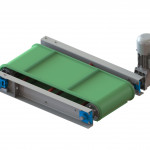
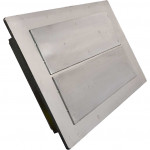
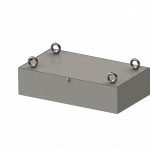
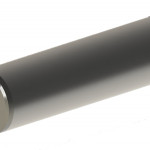
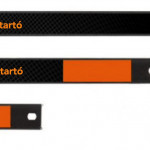

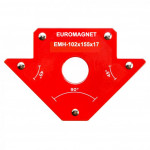
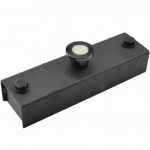


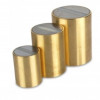
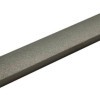
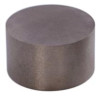
-100x100h.jpg)
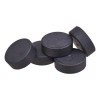
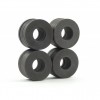
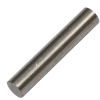
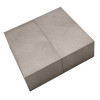
-100x100.jpg)
